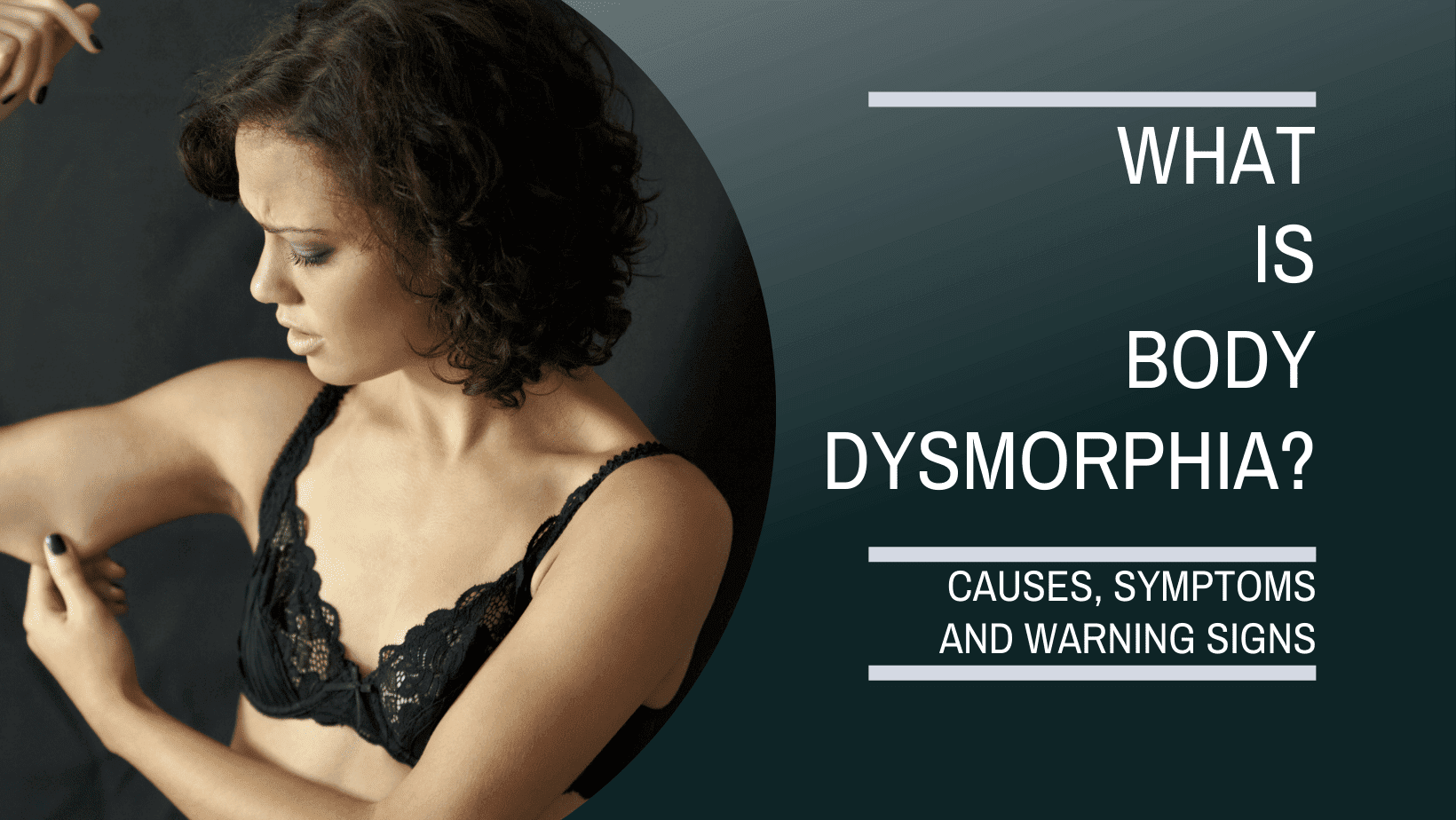What Is Body Dysmorphia?
Body dysmorphia is a mental disorder where a person is preoccupied with perceived flaws in their physical appearance. It’s an extreme obsession that can have serious consequences on self-esteem and quality of life. People with body dysmorphia have difficulty seeing themselves as they truly are and can spend hours obsessing over perceived imperfections.
The condition can manifest in various ways, such as comparing one’s own body to that of others or excessive grooming rituals. Commonly affected areas include the skin, hair, face and weight. For example, people with body dysmorphia may feel compelled to constantly check their reflection in the mirror or excessively exercise or diet to achieve a certain look. These repetitive behaviours can become so extreme that it interferes with daily tasks or relationships.
It’s important for fitness professionals to be aware of body dysmorphia and be able to recognise it in clients. If left untreated, this condition can lead to depression and anxiety, which could potentially put clients at risk for developing an eating disorder or engaging in other unhealthy behaviours. The best way to help someone struggling with body dysmorphia is by creating a safe environment where they feel comfortable discussing their feelings and providing them with resources for further support if needed.
Causes And Risk Factors
Body dysmorphic disorder (BDD) is a mental health condition that causes a person to become obsessed with perceived physical defects. It’s not just about feeling self-conscious; it’s an intense focus on one or more body parts or features that can cause significant distress and interfere with daily life. While the exact cause of BDD isn’t known, there are several risk factors and potential causes believed to be involved in its development.
Genetics may play a role in the development of BDD as it has been found to run in families. The mental health of parents may also influence the likelihood that their child will develop BDD as children who have experienced abuse, neglect, or trauma are more likely to suffer from this condition. Stressful life events such as bullying, breakups, or job loss may also increase one’s risk of developing BDD.
Societal pressures and unrealistic expectations around physical appearance can increase one’s vulnerability to developing BDD symptoms. Images seen online or in magazines often portray people with perfect figures and faces, creating an unrealistic standard for many individuals to strive for and leading them to become dissatisfied with their own appearance.
Fitness professionals and gym partners should be aware of these potential causes of BDD so they can help prevent or reduce its onset among clients. Utilising positive reinforcement whenever possible and offering support during difficult times can help mitigate any potential triggers for this condition.
Signs And Symptoms
Body Dysmorphia is a mental health condition characterised by an extreme preoccupation with one’s physical appearance and a distorted view of oneself. It can be a debilitating disorder that affects an individual’s day-to-day life in many ways. Understanding the signs and symptoms of body dysmorphia is key to getting the help you need.
People who suffer from body dysmorphia typically focus on flaws in their appearance that are minor or unnoticeable to those around them. They may obsess over perceived flaws or imperfections, constantly comparing themselves to others and engaging in repetitive behaviors like checking the mirror, excessively grooming, skin picking, or wearing baggy clothing for camouflage. This incessant attention to detail can lead to extreme self-consciousness, social anxiety, and difficulty concentrating on tasks at hand.
Furthermore, individuals with body dysmorphia might show signs of depression, withdrawal from social activities, avoidance of mirrors or other reflective surfaces, and excessive exercise or dieting in hopes of achieving perfection. In some cases they may even develop suicidal ideation due to their dissatisfaction with their physical appearance. It’s important to note that this disorder is not just about vanity; it’s a serious medical condition that requires prompt intervention.
If you notice these symptoms in yourself or someone you love, don’t hesitate to reach out for help. Talk therapy combined with medication can be effective treatments for body dysmorphia if diagnosed and treated early enough. With professional assistance, patients suffering from this disorder can learn how to cope with their feelings and find healthier ways of managing their distress.
Diagnosis, Treatment, And Prevention
Body dysmorphia can be a challenging condition to diagnose since it often goes unrecognised or misdiagnosed. It’s important for a healthcare professional to understand the cause and effects of body dysmorphia so that an accurate diagnosis can be made. The healthcare professional should take into account the individual’s history, symptoms and behaviour to determine if the person is suffering from this condition.
There are various treatments available for those who suffer from body dysmorphia. Cognitive behavioural therapy (CBT) is often recommended as it helps individuals identify their negative thoughts about their bodies and replace them with more positive ones. Psychotherapy can also help build self-esteem and develop coping strategies to manage symptoms of body dysmorphia. In addition, medications such as antidepressants may be prescribed to aid in managing mood disorders associated with this condition.
Preventing body dysmorphia involves promoting healthy attitudes towards one’s physical appearance within society and helping individuals learn how to accept their bodies regardless of what they look like. It’s important to provide support and education to people who may already have developed distorted views of their bodies, as well as those at risk of developing body dysmorphia in the future. With the right treatment, individuals can overcome this condition and regain a positive outlook on life.
Conclusion
In conclusion, body dysmorphia is a serious condition that can have a lasting impact on one’s mental health. It’s important for those who feel they may be struggling with the disorder to reach out to a medical or mental health professional for help. With proper diagnosis and treatment, people with body dysmorphia can learn to manage their symptoms and live more fulfilling lives.
As fitness professionals, we should be aware of the signs of body dysmorphia in order to provide our clients with the best care possible. Being understanding and non-judgmental is key when it comes to helping someone who is struggling with this disorder. We should also refer them to local resources if they need additional support.
By recognising the signs of body dysmorphia, we can make a positive difference in the lives of those affected by it. With proper diagnosis, understanding and support, people with body dysmorphia can learn to accept themselves and live happier lives.











